Braiding Your Pony’s Mane & Tail – The Advantages
Braiding a pony’s mane and tail is a long-standing tradition that has been practiced for centuries. It has several advantages, such as improving safety, reducing tangling and dirt, reducing damage to the mane or tail, and reducing the amount of work involved with grooming.
Safety is an essential aspect of horse riding, and braiding the mane and tail is a safety measure that can reduce the chances of accidents caused by hair getting caught on equipment or objects in the environment. Braiding was historically used for horses serving in militaries, and it was also convenient for equestrians to reduce grooming maintenance.
Another advantage of braiding your pony’s mane and tail is reducing tangling and dirt accumulation. Braids can prevent snagging incidents and keep fine hairs from tangling in the wind. It is essential to note that braids do not entirely prevent tangling and dirt, but they can significantly reduce them.
Braiding also reduces damage to the mane or tail. By keeping them contained, hairs are less likely to break or form split ends. Wind can strip moisture out of the hair, causing it to dry out, become brittle, and be more likely to break. Braids can reduce the drying impact of the wind, making the hair softer and more manageable, and giving it a shine.
Lastly, braiding your pony’s mane and tail reduces the amount of work involved with grooming. Grooming is an essential part of horse care, but it can be time-consuming. Braiding can decrease the amount of time spent detangling, shampooing, conditioning, brushing, and trimming the tail and mane.
In conclusion, braiding your pony’s mane and tail has several advantages, including improved safety, reduced tangling and dirt accumulation, reduced damage to the mane or tail, and reduced grooming maintenance. However, it is essential to note that braiding should not be done too tightly, and it should be done with consideration for the pony’s comfort. Braids should be undone at the end of the day to give the mane and tail a break.
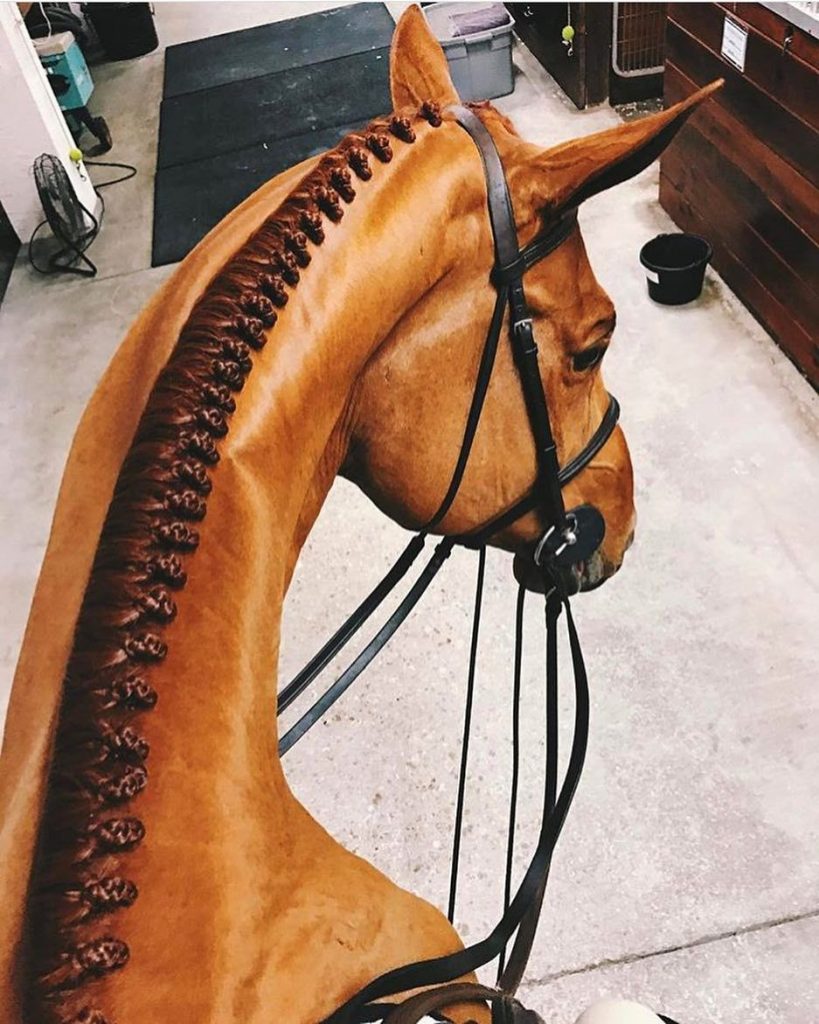
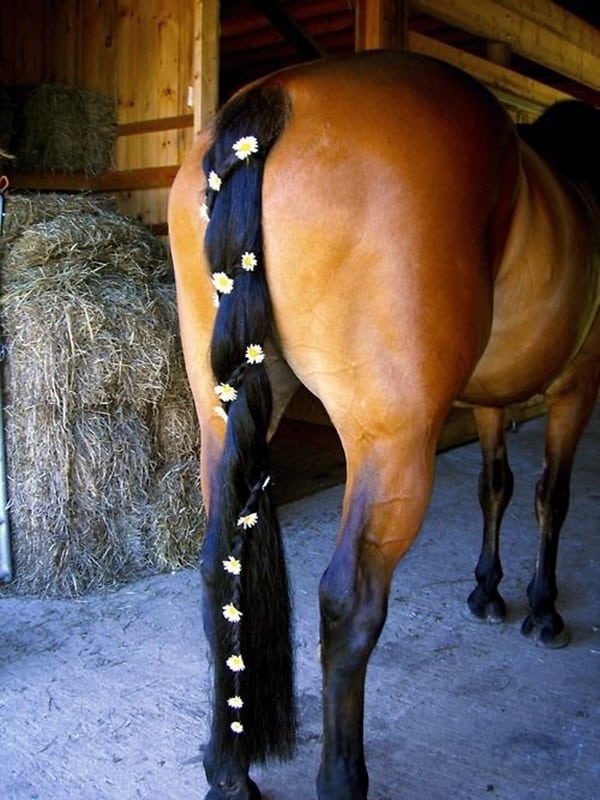
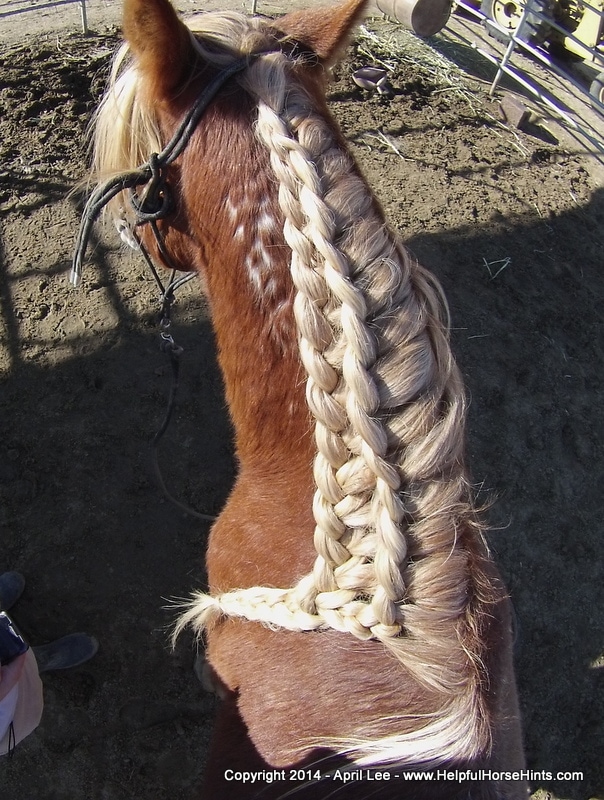
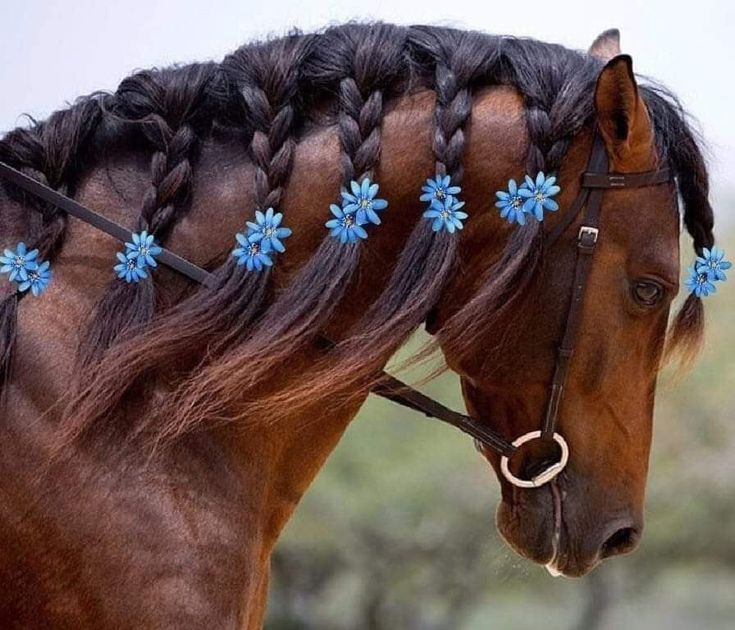
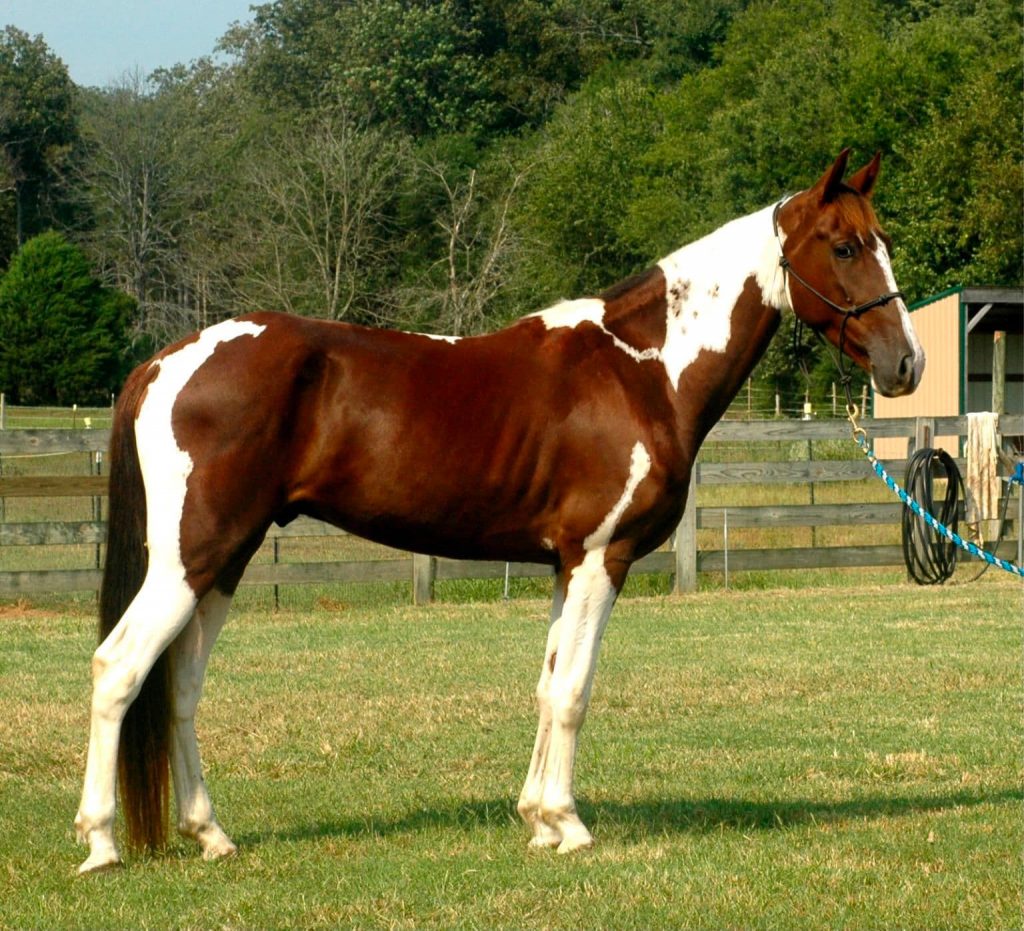
The Disadvantages of Braiding Your Pony’s Mane and Tail
Braiding your horse’s mane or tail is a common practice in the equestrian world. It can make your pony look sleek and polished, and can even save you time and effort when it comes to grooming. However, there are also drawbacks to braiding that you need to consider before you decide whether or not to do it.
Firstly, braids can sometimes snag on things and cause major problems for your horse. Loose braids that are not right up against your horse’s body are the most likely to snag on something. This is especially problematic if your horse is itching a lot, especially around the tail. Your horse may try to rub his tail for some relief and could get his braid caught on something. This can lead to your horse injuring himself, tearing out his hairs, and even damaging his nerves or other muscles.
Therefore, it is important to pay attention to your horse’s body language before you attempt to plait his hair. If you notice a lot of itching and rubbing, you might want to avoid braiding for now. It is also safest to take out the braids every night before you leave, or at least use a sleeve to protect the braids and prevent snags.
Braiding is also a time-consuming activity, especially if you are trying to do it daily. While it can save time when it comes to brushing, shampooing, and conditioning, it requires an investment of time and energy in and of itself. You will need to decide for yourself whether that investment is worthwhile or not. If you enjoy braiding, you may not mind at all. But if you find it tedious or frustrating, the time and effort saved on other aspects of grooming may not be sufficient to offset the time and effort you are putting into the plaits.
Similarly, braiding your horse’s tail can limit his ability to swat away insects. Your horse’s tail serves a functional purpose when it comes to keeping flies and other insects away. If you braid the tail, your horse can still use it to some extent to swat insects, but it will not be as effective as it would be the regular way. If it is the peak season for insects, you might want to avoid braiding the tail for more than short periods of time.
finally, tight braids can cause problems with circulation. Tight braiding can disrupt blood flow and lead to discomfort and even pain for your horse. To avoid this, keep your braids lose and don’t start from the very top if you can avoid it. If you need to make braids that are higher up or on the tighter side for a show or such, don’t leave them in for longer than you need to.
Braiding your pony’s mane and tail can make your horse look great, but it comes with several potential drawbacks. It can be dangerous if the braids snag on something, are time-consuming, limit your horse’s ability to swat away insects and cause problems with circulation. Therefore, it is important to weigh the pros and cons of braiding before you decide whether or not to do it, and to be aware of the potential risks involved.
Final Thoughts
Braiding your horse’s mane and tail can be both beneficial and problematic.
The advantages of braiding are numerous. It can help keep your horse’s hair clean and tidy. Braiding also keeps hair out of the way during rides, reducing the chance of getting caught on anything. Additionally, braids can be a great way to show off your horse and create a polished look for competitions.
However, there are also disadvantages to braiding. Braids that are too tight can be uncomfortable and even harmful to your horse’s circulation. Leaving braids in overnight can be dangerous, especially if they are not covered. Additionally, braids can get caught on objects, potentially causing injury to your horse.
To make sure your horse is safe and comfortable while braiding, there are several best practices you should follow.
- Keep braids close to your horse’s body to prevent snagging.
- Avoid braiding too tightly, which can cause discomfort and damage to the hair.
- Never leave braids in overnight unless covered with a tail bag.
- Avoid braiding when insects are swarming, as it interferes with your horse’s ability to remove them.
- Braid hair on windy days to prevent tangles and dryness.
- Be creative and have fun with it!
Braiding your horse’s hair can be a fun and creative process, but it’s important to follow best practices for safety and comfort. By doing so, you can ensure that your horse looks his best while feeling comfortable and healthy.




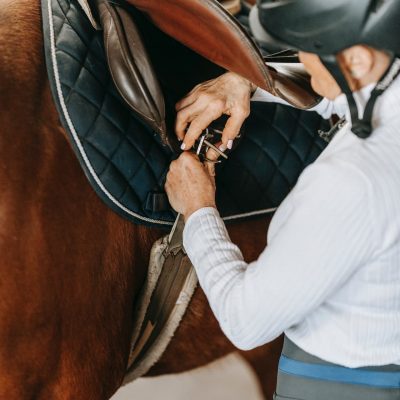

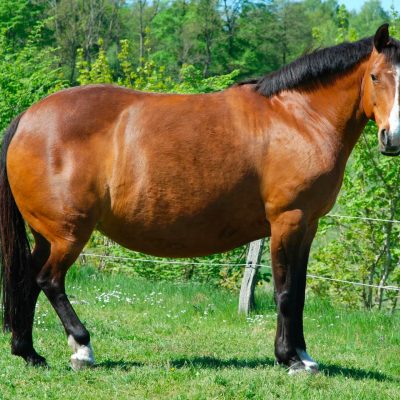
No Comment! Be the first one.